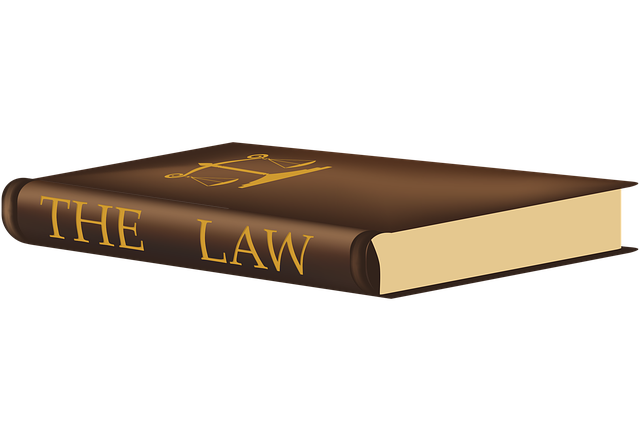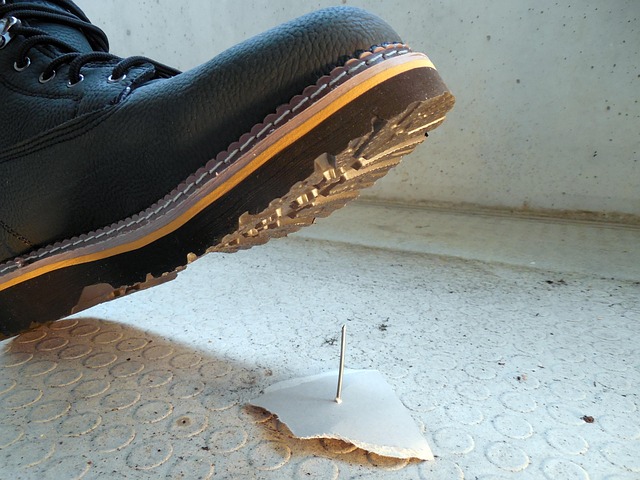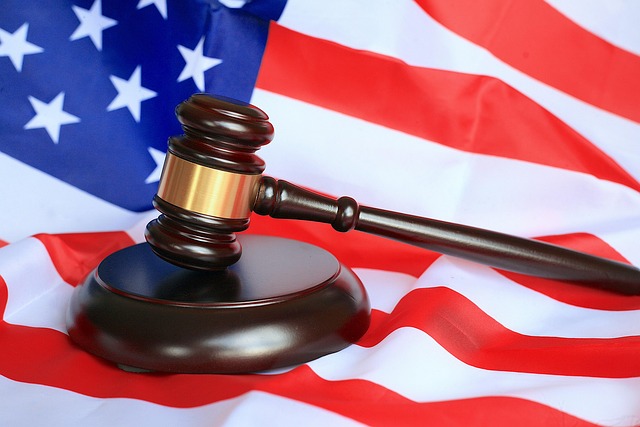A workplace fall lawyer relies on comprehensive medical records and detailed reports to build strong cases, linking workplace incidents to injuries, establishing liability, and quantifying damages. These documents provide crucial evidence, including diagnoses, treatment history, and long-term health impacts, aiding in strategies from injury severity assessment to compensation calculation. Additionally, they uncover broader issues like worker safety disputes, expanding the lawyer's tactical options beyond traditional litigation boundaries. Medical documentation, radiological scans, physical therapy assessments, ergonomics reports, and prior settlement data are key tools for constructing robust arguments and achieving fair outcomes for clients.
For a workplace fall lawyer, meticulous documentation is key to building a compelling case. When preparing for legal battles, several crucial documents come into play. From medical records detailing patient history and diagnostic reports like radiological scans and physical therapy assessments, to regulatory bodies’ findings from the Occupational Safety and Health Administration (OSHA) inspections, each piece offers insights into the circumstances surrounding the fall. Additionally, legal and insurance records, including workers’ compensation claims and employment documentation, provide context for liability assessment, ensuring a comprehensive strategy for the workplace fall lawyer.
- Medical Records and Reports
- – Importance of detailed patient history
- – Types of reports relevant for workplace fall cases (e.g., radiological scans, physical therapy assessments)
Medical Records and Reports

Medical records and reports are crucial documents for a workplace fall lawyer to gather and review when taking on a potential case. These documents provide critical insights into an employee’s injuries, treatments, and overall health status following a fall at work. Detailed medical reports, including diagnoses, procedures, and progress notes, offer compelling evidence of the direct correlation between the workplace incident and any resulting injuries or conditions.
For a workplace fall lawyer, these records can be invaluable when constructing a strong legal argument. They help in assessing the severity of the injury, determining liability, and estimating potential compensation. Moreover, medical documentation can also shed light on other related issues, such as partnership disagreements regarding responsibility for worker safety or even homeowner insurance claims if the fall occurred off-site, thus expanding the lawyer’s strategic options beyond the immediate legal framework of real estate litigation.
– Importance of detailed patient history

A workplace fall lawyer’s preparation for a case is significantly aided by a detailed patient history. This includes medical records detailing the nature and severity of injuries sustained, as well as any pre-existing conditions that might be relevant. It also encompasses a comprehensive account of the incident, such as when and where it occurred, the circumstances leading up to the fall, and any contributing factors.
Understanding the patient’s history helps the lawyer build a robust case, especially in complex situations like truck accidents or personal injury disputes. Knowing the extent of injuries and their impact on daily life is crucial for quantifying damages, which can include medical bills, lost wages, and pain and suffering. Moreover, understanding the context of the fall may lead to uncovering insurance coverage disputes, ensuring that all responsible parties are held accountable.
– Types of reports relevant for workplace fall cases (e.g., radiological scans, physical therapy assessments)

In preparing for a workplace fall case, a qualified workplace fall lawyer relies on several types of reports to build a compelling argument. Medical documentation, such as radiological scans and physical therapy assessments, are pivotal in understanding the extent of an employee’s injuries and their potential long-term effects. These reports provide concrete evidence that can directly link the workplace incident to current medical conditions. For instance, an x-ray report might reveal hidden fractures or damage that was caused by the fall, offering a clear timeline of events leading up to the injury.
Additionally, these legal professionals may also consult with other specialized reports like ergonomics assessments or workplace safety inspections. Such documents highlight potential hazards and negligence within the work environment, particularly in cases involving caregiver abuse or real estate disputes where safety protocols are pertinent. Moreover, prior accident settlements from similar cases can serve as valuable references for understanding compensation amounts and setting expectations for current clients.
When preparing a case for a workplace fall lawyer, a comprehensive review of relevant medical documents is crucial. Medical records and reports, including detailed patient history, radiological scans, and physical therapy assessments, provide essential insights into the extent of injuries sustained in workplace falls. These documents not only support legal claims but also help lawyers navigate complex cases, ensuring the best possible outcome for their clients.






